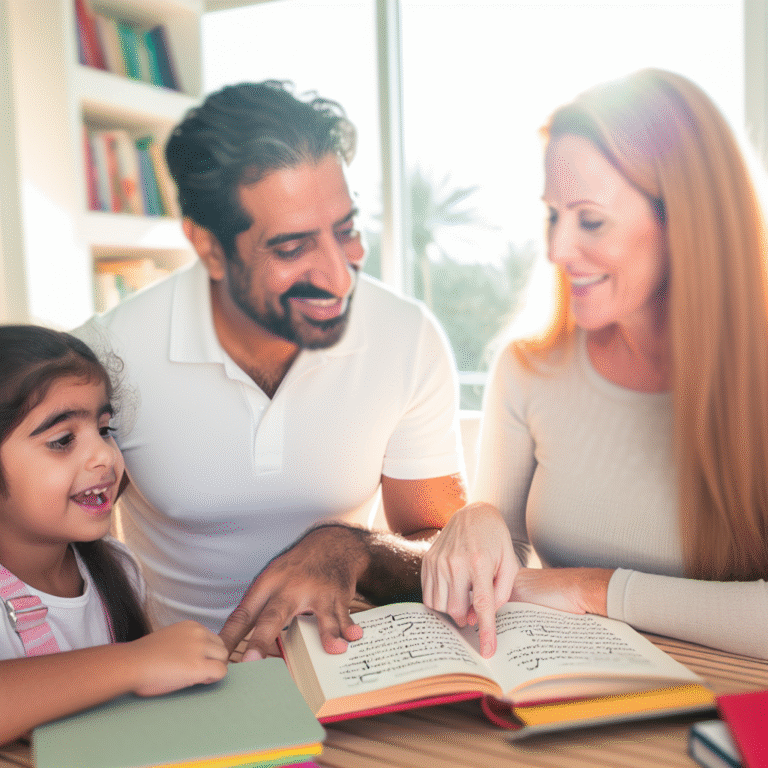
Harmonizing Hearts: Mastering the Skill of Communication as a Couple
Introduction
In the intricate dance of relationships, communication is the rhythm that keeps couples in sync. Just as music requires harmony and melody to create an enchanting experience, so too does a loving partnership flourish through effective and heartfelt communication. Harmonizing Hearts: Mastering the Skill of Communication as a Couple is not merely about exchanging words; it’s about connecting on a profound level, understanding one another’s emotions, and fostering an environment where love can thrive.
Imagine a relationship where both partners feel heard, valued, and cherished—a place where conflicts turn into opportunities for growth rather than sources of frustration. This vision is not just a dream; it can be a reality when couples commit to enhancing their communication skills. Whether you are newlyweds or have been together for decades, the journey to mastering communication as a couple holds the potential for deeper connection and increased intimacy.
In this article, we will explore essential techniques for effective communication, backed by real-world examples and case studies, and provide actionable insights for couples eager to harmonize their hearts.
The Foundation of Effective Communication
Understanding Communication Style
Before diving into practical strategies, it’s crucial to explore the different communication styles that individuals bring into a relationship. These styles can significantly impact how partners interact with one another.
| Communication Style | Description | Example |
|---|---|---|
| Passive | Avoiding direct communication or conflict | One partner might withhold their feelings to keep peace. |
| Aggressive | Confrontational and dominating communication | Yelling or blaming during disagreements. |
| Passive-Aggressive | Indirectly expressing negativity | Sarcastic comments instead of open dialogue. |
| Assertive | Open, honest, and respectful communication | Clearly articulating feelings without blame. |
Understanding where each partner falls within this spectrum is essential. Many couples may not realize that their partner’s style could lead to miscommunication and frustrations.
Case Study: Mike and Sara
Mike and Sara, a couple married for five years, often found themselves in heated arguments over seemingly trivial matters. A pivotal moment came when they decided to analyze their communication styles. Mike recognized that he often adopted a passive approach, allowing negative feelings to fester, while Sara leaned towards an aggressive style when she felt unheard. Through this awareness, they began to adapt to an assertive style, leading to healthier and more constructive dialogues.
Analysis: This case study highlights the significance of recognizing and understanding individual communication styles as a foundational step in mastering communication as a couple.
The Art of Listening
Active Listening Techniques
Mastering communication involves more than just speaking; it requires a commitment to listening. Active listening is a skill that can transform conversations and deepen emotional connections.
Techniques for Active Listening:
- Reflective Listening: Paraphrase what your partner has said to confirm understanding.
- Non-Verbal Cues: Use eye contact and nodding to show engagement.
- Avoid Interrupting: Allow your partner to finish their thoughts without interjections.
Case Study: John and Emily
John and Emily experienced a turning point in their relationship when they learned the importance of active listening. During a discussion about their future, Emily felt that John was distracted and not present. After attending a couples workshop, John implemented reflective listening techniques. By repeating back Emily’s feelings, he not only verified he was listening but demonstrated his commitment to understanding her perspective.
Analysis: The application of active listening helped John and Emily move beyond surface-level interaction, deepening their emotional connection and ensuring both felt valued.
Navigating Conflict with Grace
The Role of Conflict in Communication
Contrary to belief, conflict is not inherently negative. It can serve as a catalyst for growth and greater intimacy when approached constructively. Harmonizing Hearts: Mastering the Skill of Communication as a Couple during conflict can pave the way for resolution and understanding.
Strategies for Conflict Resolution
- Use “I” Statements: Phrase grievances starting with "I" to convey feelings without casting blame.
- Pause Before Responding: Take a moment to cultivate a thoughtful response rather than reactively reacting.
- Seek Compromise: Aim to find a middle ground where both partners’ needs are honored.
Case Study: Laura and Tom
Laura and Tom, together for eight years, often struggled with household responsibilities. Instead of addressing this issue head-on, they would let resentment build until the argument boiled over. By adopting “I” statements and focusing on compromise, they transformed their dialogues. For instance, rather than stating, "You never help around the house," Laura began expressing, "I feel overwhelmed when I manage things alone." This shifted their discussions into more collaborative problem-solving.
Analysis: By re-framing their approach to conflict, Laura and Tom discovered that conflict could lead to understanding and shared responsibilities, demonstrating the importance of effective communication in resolving disputes.
Building Emotional Intimacy
The Importance of Vulnerability
Emotional intimacy stems from vulnerability. Couples that dare to share their fears, dreams, and past experiences often cultivate a deep bond built on trust and understanding.
Ways to Build Emotional Intimacy:
- Share Personal Stories: Opening up about life experiences fosters connection.
- Schedule Regular Check-Ins: Create a safe space to discuss feelings and changes in the relationship.
- Practice Empathy: Put yourself in your partner’s shoes to understand their perspective.
Case Study: Aaron and Lisa
Aaron and Lisa had been together for three years but realized they were living parallel lives emotionally. After initiating weekly check-ins, Lisa shared her struggles with anxiety, and Aaron opened up about his past heartbreaks. This newfound vulnerability allowed them to connect on a deeper level, creating a safe emotional haven.
Analysis: Their journey illustrates the power of vulnerability in building emotional intimacy, showcasing a key element of Harmonizing Hearts: Mastering the Skill of Communication as a Couple.
Maintaining Open Lines of Communication
Creating a Safe Communication Environment
A relationship thrives in an environment where both partners feel safe expressing their thoughts and feelings. Here are strategies to foster such an atmosphere:
- Establish Boundaries: Agree on what is respectful communication.
- Eliminate Distractions: Make conversations a priority by turning off phones or TVs.
- Acknowledge Efforts: Reinforce positive communication habits by recognizing each other’s efforts.
Case Study: Tina and Derek
After years of misunderstandings, Tina and Derek decided to dedicate time each week to discuss their relationship without distractions. By establishing boundaries around their discussions—such as no interruptions and keeping the dialogue respectful—they created a safe space for open dialogue. This commitment led to greater transparency and mutual respect.
Analysis: Tina and Derek’s proactive approach to fostering a safe environment for communication demonstrates that intentionality is critical in Harmonizing Hearts: Mastering the Skill of Communication as a Couple.
Conclusion
In the grand symphony of love, communication acts as both the sheet music and the conductor. It guides couples toward harmonious relationships, characterized by understanding, emotional connection, and mutual respect. Harmonizing Hearts: Mastering the Skill of Communication as a Couple is an ongoing journey that requires diligence, patience, and a willingness to grow together.
By embracing active listening, navigating conflict with grace, cultivating emotional intimacy, and maintaining open lines of communication, couples can experience transformative growth. Relationships are not merely sustained by love; they are built through nurturing effective communication.
As you strive to harmonize your hearts, remember: every conversation is a note in your love’s melody, and together, you can create a beautiful composition that resonates for a lifetime.
FAQs
1. What is active listening, and why is it essential in communication?
Active listening is the practice of fully focusing, understanding, and responding thoughtfully to what your partner is saying. It is essential because it fosters empathy, demonstrates respect, and ensures that both partners feel heard and valued.
2. How can we handle conflicts without escalating them?
To handle conflicts without escalation, use “I” statements, actively listen, and seek compromise. Additionally, taking a moment to breathe before responding can provide clarity and prevent emotional reactions.
3. What role does vulnerability play in building a connection?
Vulnerability allows partners to share fears, insecurities, and aspirations, creating emotional intimacy and trust. It invites deeper understanding and fosters a supportive relationship where partners feel safe.
4. How can couples create a safe environment for conversations?
Establish boundaries around discussions, eliminate distractions, and promote respectful communication. Regular check-ins where partners can openly share their thoughts can also enhance emotional safety.
5. How often should couples communicate about their relationship?
Regular communication about the relationship can help maintain emotional intimacy and understanding. Weekly check-ins or monthly conversations can be beneficial, but it’s essential to maintain openness to communicate whenever feelings arise.
By embracing these insights and techniques, you will be equipped to navigate the intricate art of communication, ultimately harmonizing your hearts.

















